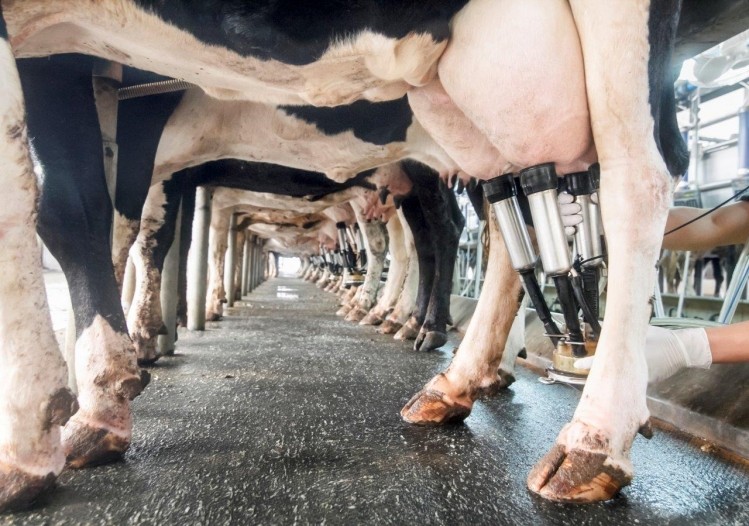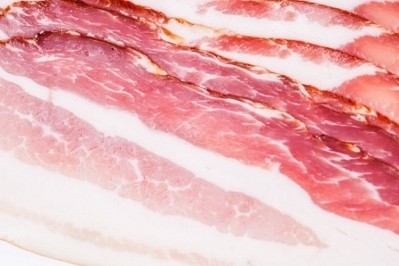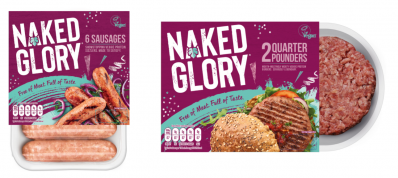Sat fat reduction focus falls on meat, dairy and cereals

Last month, the long-awaited Scientific Advisory Committee on Nutrition (SACN) Saturated fats and health report concluded the recommended intake level of less than 10% should remain unchanged.
Refuting recent claims that sat fat was not harmful to health, the report advised substituting sat fats with unsaturated fats.
These included oils in place of butter, yogurt instead of cream, a reduction in red meat and an increase in the intake of vegetables, pulses and nuts.
The challenge of sat fat reduction
Susan Jebb, professor of diet and population health at the University of Oxford, said it was going to be “extremely hard” to reduce sat fat intakes from the current level of 13.5% to 10% without changing meat and dairy consumption.
“Dairy does contain important nutrients such as calcium, so swapping to a lower-fat type of milk or from cream to yogurt is a relatively easy change that most people can make to reduce sat fat without losing the healthy parts of dairy products,” Jebb said.
“While no-meat diets increase the risk of iron deficiency anaemia, it’s clear that they are associated with a lower risk of bowel cancer and heart disease.
“By limiting meat to just small amounts, we can balance the risks and benefits. We also need to cut down on cakes, biscuits, pastries and desserts, which account for a very large proportion of total saturated fat intake.”
A rigorous review
Christine Williams, emeritus professor for human nutrition at the University of Reading, said the SACN recommendation was based on a rigorous review of the evidence.
“Recent research, showing it is possible to replace sat fat in dairy products with unsaturated fats, will further reinforce the feasibility of achieving the desired targets for sat fats,” Williams suggested.
“This is not a fad diet with a fancy name, but a diet that is feasible, reduces risk of premature ill health and contributes to a more sustainable environment.”
Naveed Sattar, professor of metabolic medicine at the University of Glasgow, said there was “negligible evidence” to support the view that some specific types of sat fats might not be as harmful as others.
“Without such evidence currently, the best advice to lessen health risks remains the same – cut intake of foods richer in sat fats and replace with unsaturated foods or other healthier options.”















